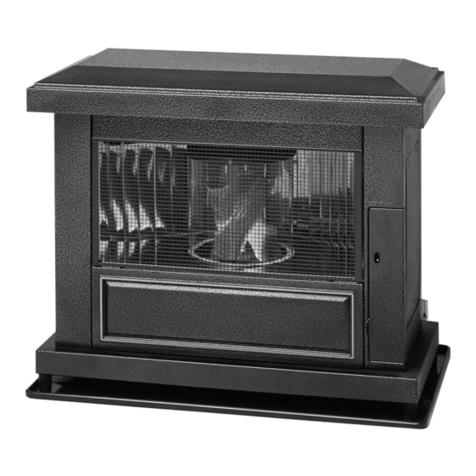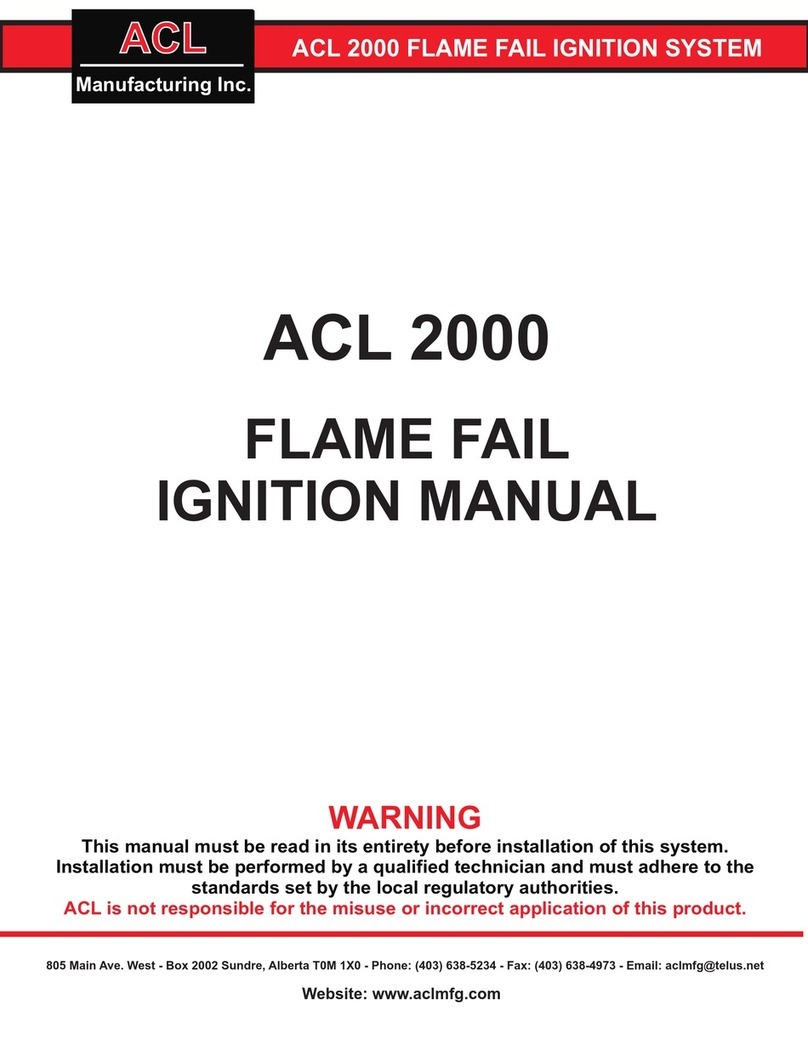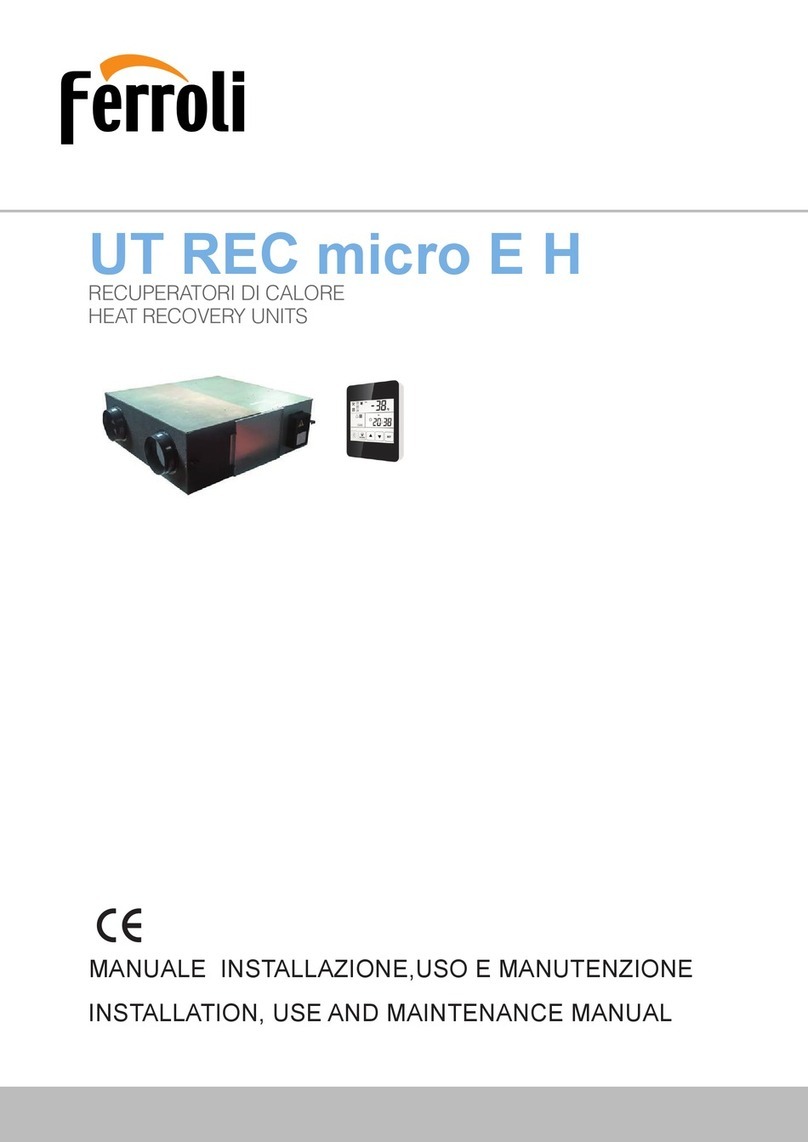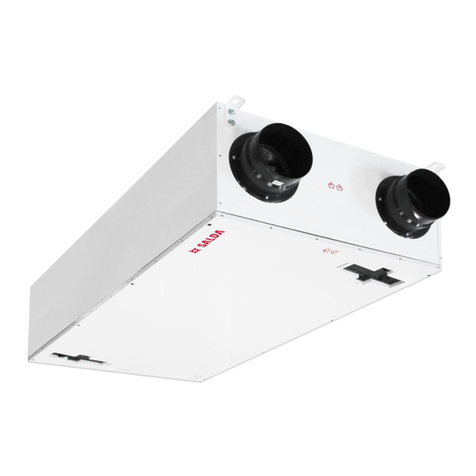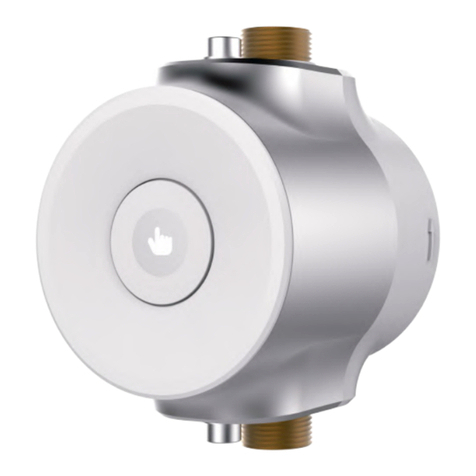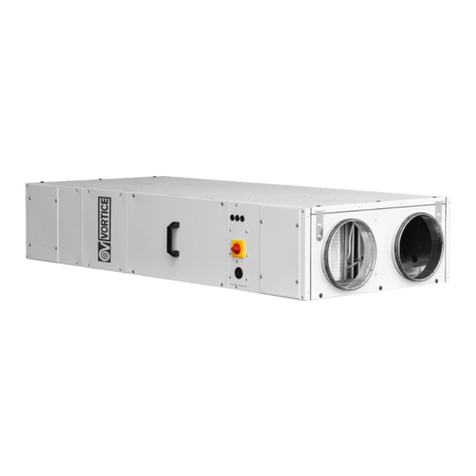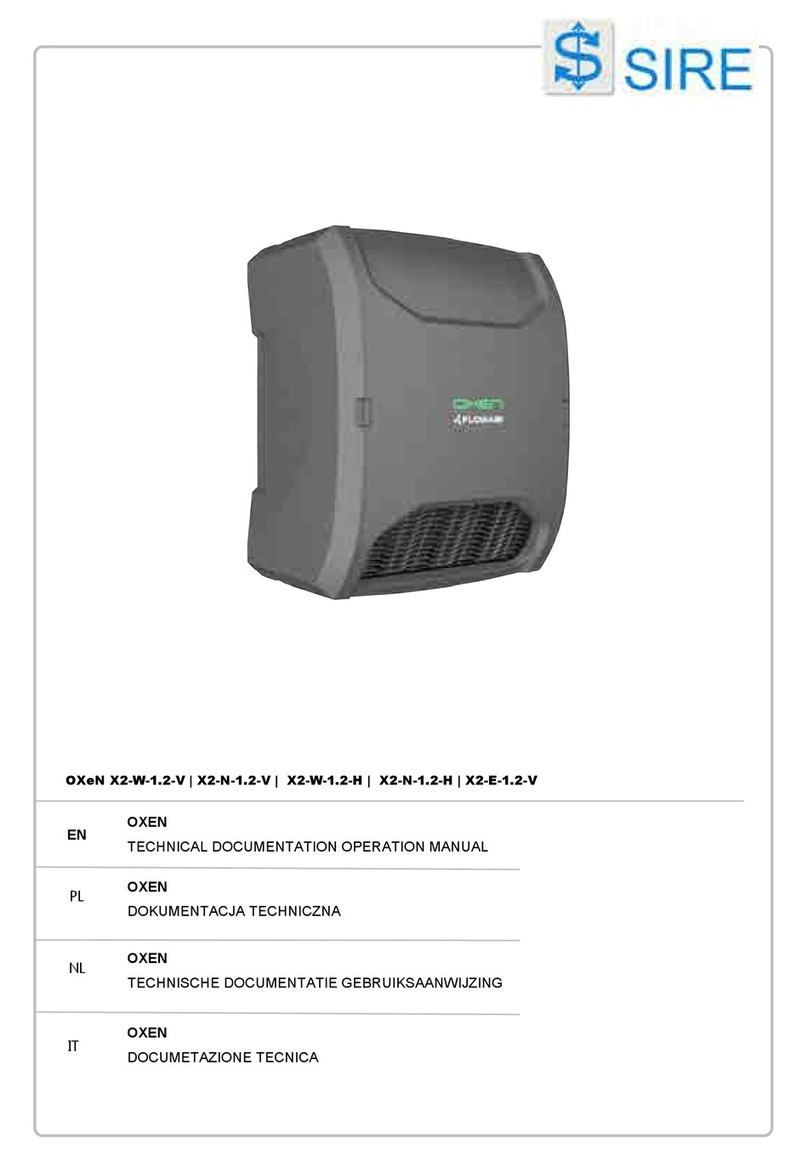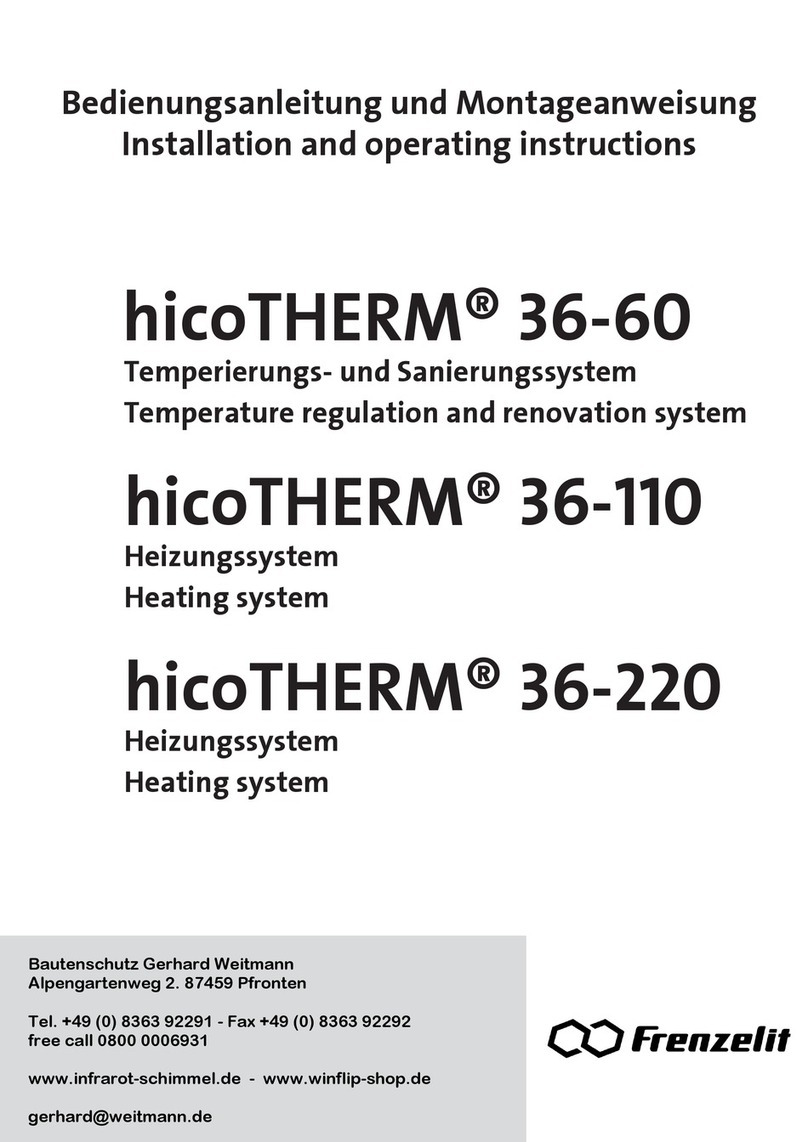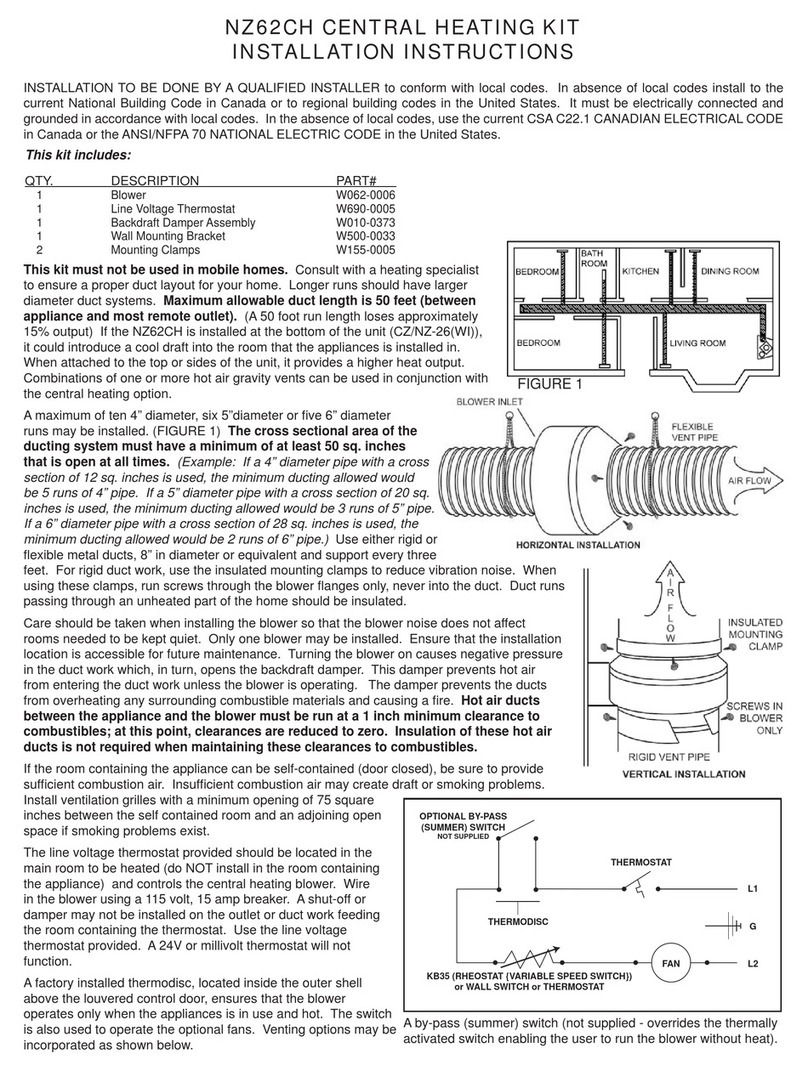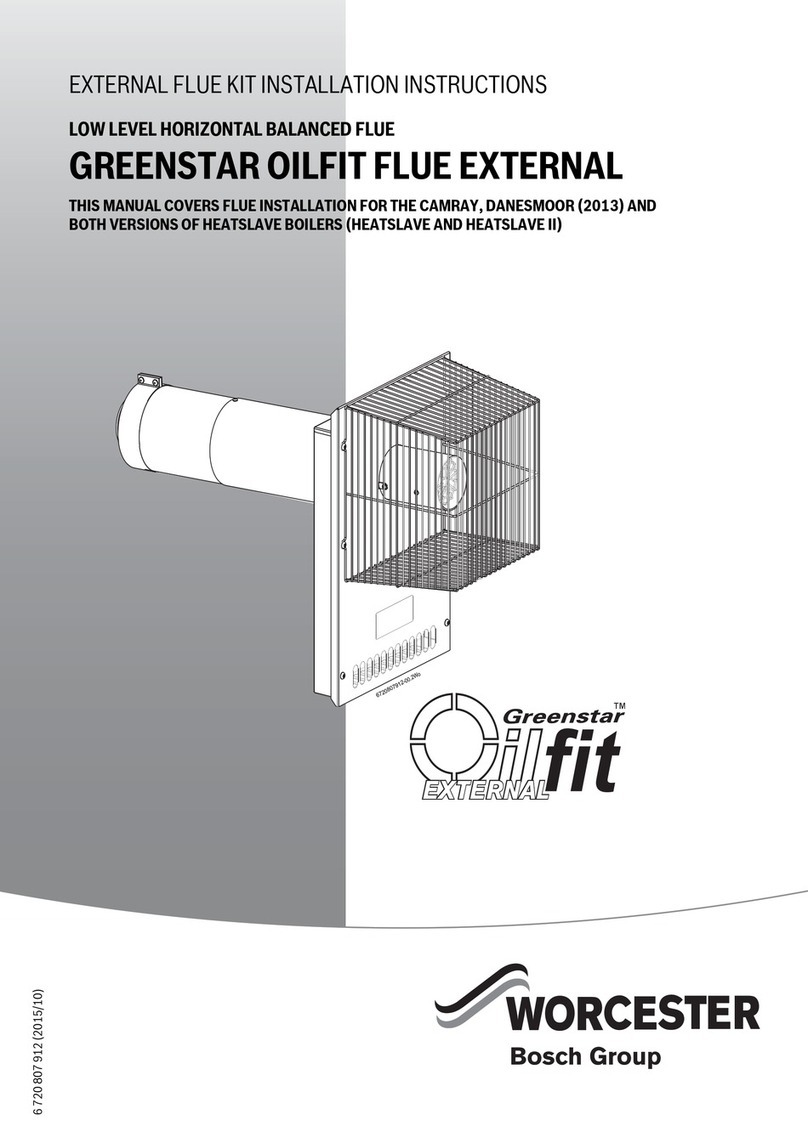
Installation & Servicing Instructions ATAG Q-Solar
3
Content
1 Introduction ...........................................................................................................................................................................4
2 Rules ................................................................................................................................................................................5
3 Scope of the supply ..............................................................................................................................................................7
4 Description of the boiler ........................................................................................................................................................7
4.1 Schematic lay out of the Q-Solar ............................................................................................................................9
5 Mounting the boiler .............................................................................................................................................................10
5.1 Dimensions ........................................................................................................................................................... 11
6 Connecting the boiler .......................................................................................................................................................... 12
6.1 Central Heating system ........................................................................................................................................13
6.2 Expansion vessel .................................................................................................................................................. 14
6.3 Underoor heating system (plastic pipes) ............................................................................................................15
6.4 Gas connection ..................................................................................................................................................... 15
6.5 Hot water supply ...................................................................................................................................................16
6.5.1 Secondary DHW Circulation. ................................................................................................................................17
6.6 Condensation drain pipe ....................................................................................................................................... 18
6.6.1 Condensate discharge .......................................................................................................................................... 18
6.7 Flue gas exhaust system and air supply system ..................................................................................................20
6.7.1 Flue system dimensions .......................................................................................................................................23
7 Solar circuit .........................................................................................................................................................................24
7.1 Expansion vessel solar circuit ..............................................................................................................................24
7.2 Filling and de-aerating the solar cicuit ..................................................................................................................24
7.3 Solar pump ...........................................................................................................................................................24
8 Electrical connection ........................................................................................................................................................... 25
8.1 Electrical connections between cylinder and boiler ..............................................................................................26
8.2 Outside sensor (optional) .....................................................................................................................................28
8.3 Solar absorber sensor ..........................................................................................................................................28
8.4 Calibrating the sensors .........................................................................................................................................28
9 Boiler controls .....................................................................................................................................................................29
9.1 Explanation of the function keys ...........................................................................................................................30
9.2 Solar module ........................................................................................................................................................31
9.3 Functioning of the Solar module ...........................................................................................................................31
10 Filling and venting the installation ....................................................................................................................................... 32
10.1 Filling the cylinder (secundary DHW circuit) .........................................................................................................32
10.2 Central heating system (primary circuit) ...............................................................................................................33
11 Commissioning the boiler ..................................................................................................................................................34
11.1 Central Heating system ........................................................................................................................................34
11.2 Hot water supply ...................................................................................................................................................34
11.3 Solar circuit ...........................................................................................................................................................34
11.4 Adjustments ..........................................................................................................................................................35
11.5 Activating factory settings (green key function) ...................................................................................................37
12 Isolating the boiler .............................................................................................................................................................38
13 Commissioning ...................................................................................................................................................................38
13.1 Checking for contamination ..................................................................................................................................39
13.2 Checking the CO2/O2 ..........................................................................................................................................40
13.3 Maintenance activities ..........................................................................................................................................41
13.4 Draining the installation ........................................................................................................................................43
13.5 User's instructions ................................................................................................................................................44
13.6 Maintenance frequency ........................................................................................................................................44
13.7 Warranty ...............................................................................................................................................................44
14 Technical specications ......................................................................................................................................................45
15 Parts of the boiler ...............................................................................................................................................................46
16 Error indication ...................................................................................................................................................................48
17 CE Declaration of conformity ..............................................................................................................................................49
Benchmark Checklist ..........................................................................................................................................................50
Service Record ...................................................................................................................................................................51
Note:
Handling and storage packages:
- Handle with care. Note the instructions/symbols on the packages
Installation:
- Always read the installation manual before installing the system and putting the system into operation
Technical details:
- See page 11 for dimensions and page 45 for Technical specications.
Work on the installation should only be carried out by qualied personnel
with calibrated equipment.





















